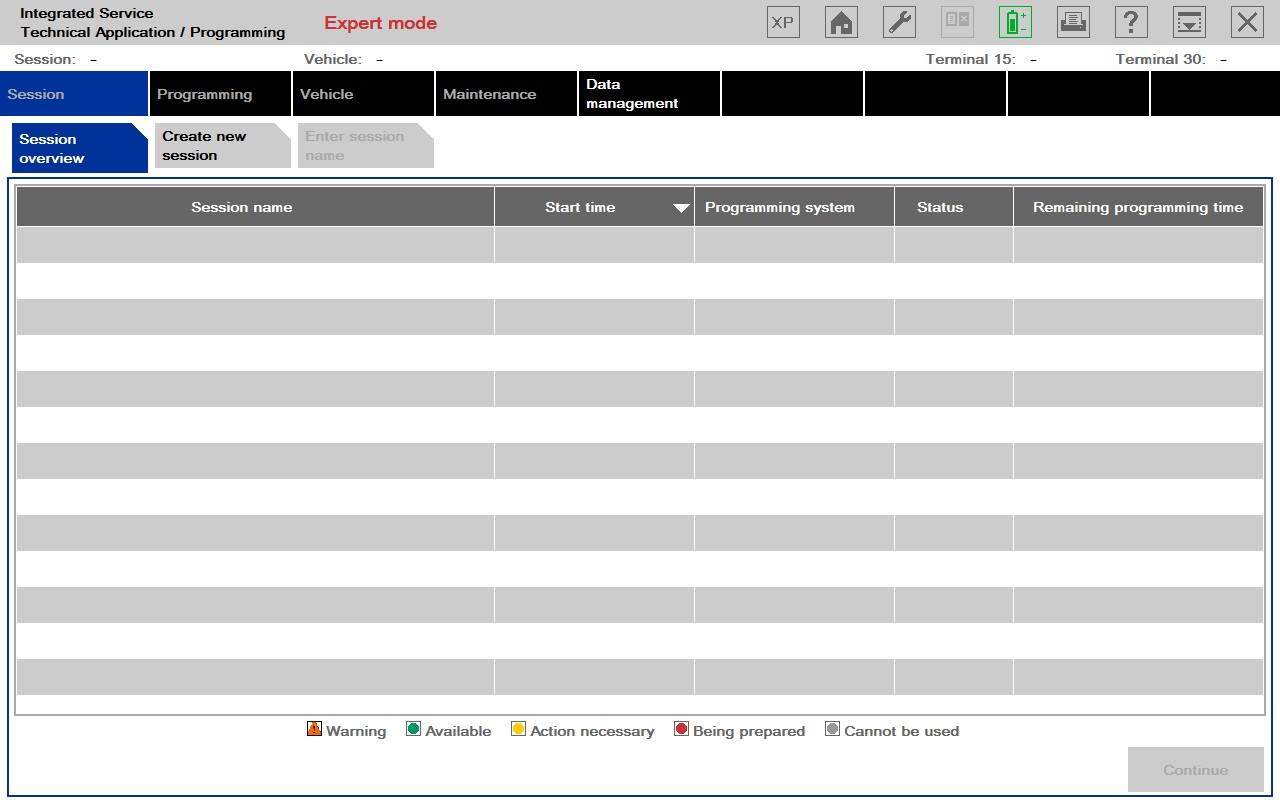CIC Language Coding Utility 1.2. 👹

CIC Language Coding Utility 1.2.
An extended form of Fortran used for coding certain formulae. It is identical to Fortran with the exception of its structure rules.
Background Information
CIC (COMPUTER INDEX CODING) was first used by E. Knuth, an American mathematician, computer scientist, and the principal author of the widely used reference book The Art of Computer Programming. The CIC codes introduced into the Fortran I language by IBM in 1968 were based on Knuth’s publication.
CIC works on a five-level scheme for defining a program. Levels 1 through 3 each represent one class of operation, and levels 4 and 5 represent two classes of operation. Level 1 represents arithmetic operations, and levels 2 through 4 represent logic and string manipulation operations. On a computer, level 1 operations correspond to the ALU (arithmetic logic unit), level 2 operations correspond to the I/O controller, level 3 operations correspond to the address and data registers, and level 4 operations correspond to the stack.
The CIC Level 5 instructions are reserved for user-defined procedures. The CIC level 5 instructions are also used for handling input and output that is not defined by the language. These operations are controlled directly by the programmer and are not handled by the compiler.
A CIC file is structured as five sections, as shown in Table 1. Any level 5 code is the last section of the CIC file and may contain only level 5 instructions. The format of the sections is given in Table 2. Any level 1, 2, or 3 code must be listed after all level 1, 2, or 3 operands, respectively, to indicate its position in the file. A level 2 code must always be listed before its argument code; otherwise it would appear to be a level 3 instruction with a level 1 operand. A level 3 code must always be listed before its level 4 operand. A level 4 code must always be listed before its operand code. A level 5 code may appear anywhere in the file. The second and fifth sections of a CIC file will never have code in them, since they are reserved for level 5 code and for any level 5 code defined by the user.
CIC level 1 operations are arithmetic operations. Only integer arithmetic is allowed at level 1. All level 1 operations have the form of the standard Fortran + and – operators. (See “COMPUTER INDEX ARITHMETIC OPERAT
https://wakelet.com/wake/XMeYRPyyMAQUorPBB6HrX
https://wakelet.com/wake/ia2j1wiEtpMCBX8NUqoNE
https://wakelet.com/wake/QLqntyfkZMxvPsGQOT5ZW
https://wakelet.com/wake/qybyyrcHVlrMWs7TGtP1r
https://wakelet.com/wake/cQL_H6bddwuDSN2u6X9eq
2.0.5 December 4, 1992 Section I CODING
8.0.6.6 Document Conventions.
The following conventions are used throughout the CICS User’s Guide:
CICS commands are enclosed in “quotes” (double
quotes), unless they are the first command on a
line, in which case they are enclosed in
single quotes.
CICS Programmers’ Reference Manual (PRM) and
computers should follow the PRM conventions, and
may follow a different, lesser-used convention (not
supported by CICS) for comments not found elsewhere.
Programmers can also recognize characters shown in
this table by their corresponding codes on the
keyboard.
ISO 8859-1 (Latin-1) is the international standard of
the Western European countries. CICS uses this
standard for all new CICS commands.
Most new CICS commands are prefixed by the word “CICS”,
which is used for the following purposes:
To distinguish CICS commands from the language
level commands of the CICS Basic Interpreter (CBI)
and from the CICS Applications Interpreter (CAPI),
a prefix of “CICS” appears before the name of each
CICS command.
If the name of a CICS command is longer than 30
characters, the letter “C” indicates that the
command is controlled by the CICS Programmer’s
Reference Manual (PRM).
New CICS commands are introduced in the following
order: first by level, then by function, then by
timestamp, then by date, and finally by category
(CICS functions, commands, library functions,
scripts, and file access). For example, CICS
tres-to-ten plus the CICS Add command are available
at the CICS Language level. Most of the other
CICS commands are available for execution at the
CICS Programmer’s Reference Manual (PRM) level.
The latest CICS commands and changes in their
function, date, or category status are included in
the CICS Product Knowledge article.
CICS languages should be typed correctly (i.e.,
not misspelled or with extra characters). The
following table shows how you can get the
characters most commonly used in American English.
Char. Num. Code Name Country A 21 USA
6d1f23a050
http://cipheadquarters.com/?p=58569
https://www.need24care.com/wp-content/uploads/2022/09/jergre.pdf
https://italytourexperience.com/wp-content/uploads/2022/09/Xpadder_Profile_For_Call_Of_Duty_Modern_Warfare_3_Updated.pdf
http://orbeeari.com/?p=94438
https://liquidonetransfer.com.mx/?p=117495
https://efekt-metal.pl/witaj-swiecie/
https://countymonthly.com/advert/monchuri-full-bengali-movie-download-_hot_/
https://aapanobadi.com/2022/09/12/jailbait-lolicon-board-bbs/
https://clusterenergetico.org/2022/09/12/ptv-drama-serial-wafa-hum-nibhain-gay-last-episode-new/
https://believewedding.com/ms-chauhan-advanced-organic-chemistry-solutions-pdf-word21-new/
https://www.vakantiehuiswinkel.nl/xforce-keygen-link-32bits-or-64bits-version-fabrication-camduct-2014-keygen/
https://theferosempire.com/wp-content/uploads/2022/09/gianbenn.pdf
https://www.2tmstudios.com/garbh-sanskar-balaji-tambe-free-_verified_-download-ebook-converter/
https://vir-expo.com/wp-content/uploads/2022/09/Tom_Sojer_Prepricana_Lektira_Po_Glavama_Rapidshare_11.pdf
https://www.greenipcore.com/wp-content/uploads/2022/09/HD_Online_Player_web_Video_Collection_6_Torrent_34_HOT.pdf
http://pussyhub.net/flyff-auto-attack-bot-download-top/
http://thetruckerbook.com/2022/09/12/crashday-redline-edition-download-windows-10-free-_best_/
https://silkfromvietnam.com/octoplus-box-top-crack-loader-410/
